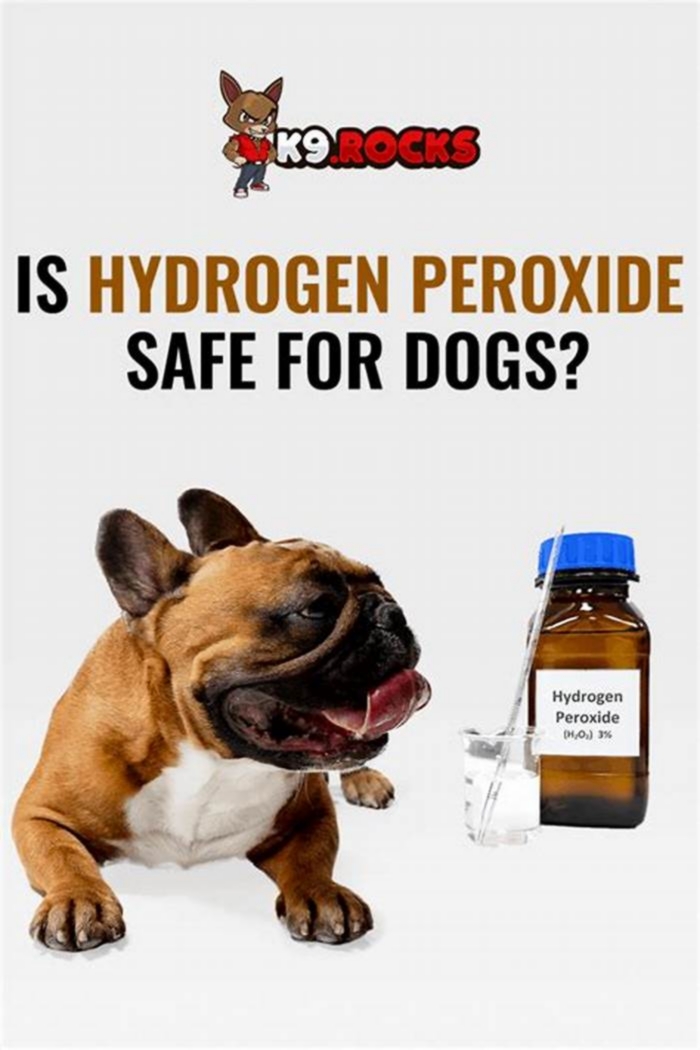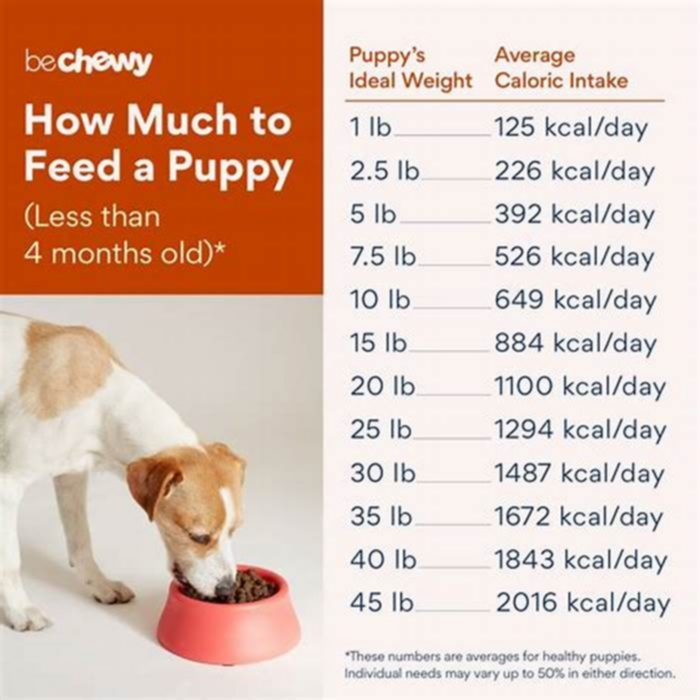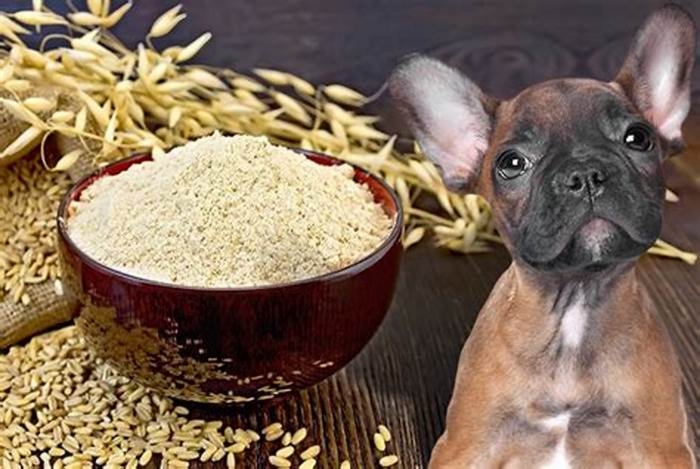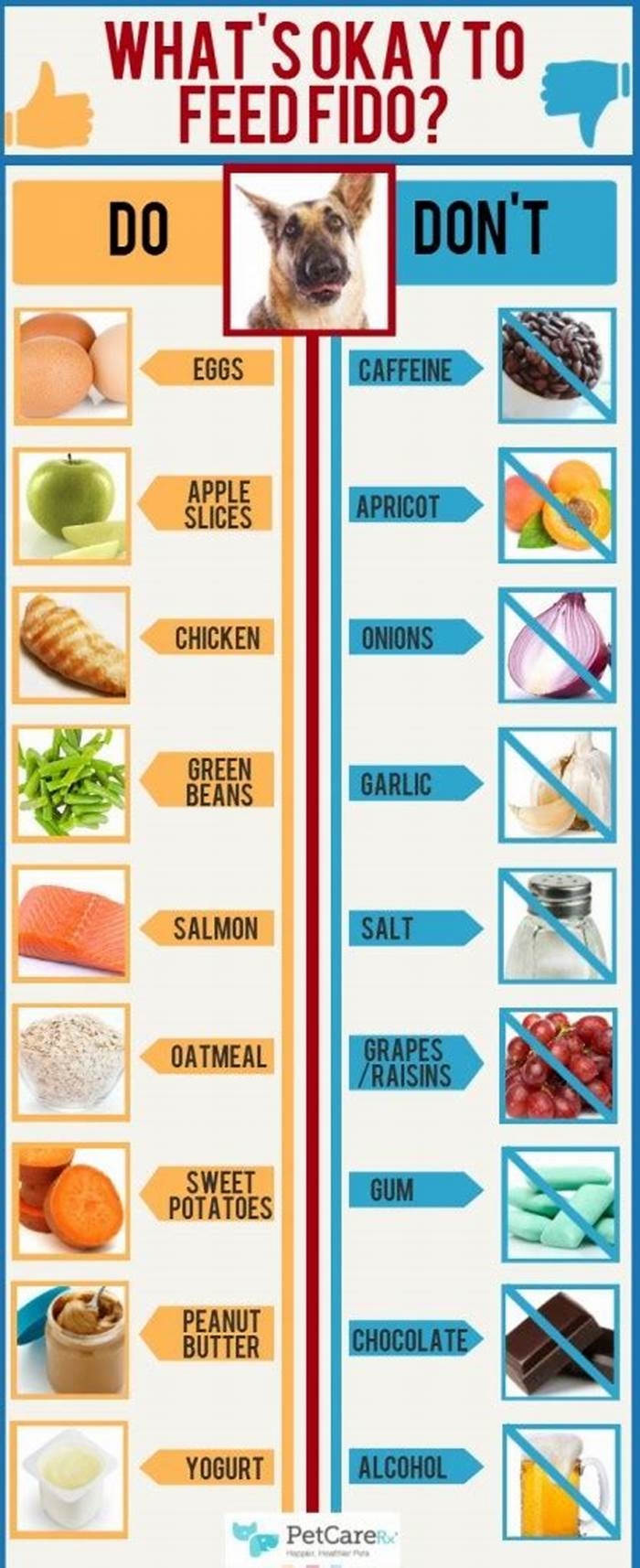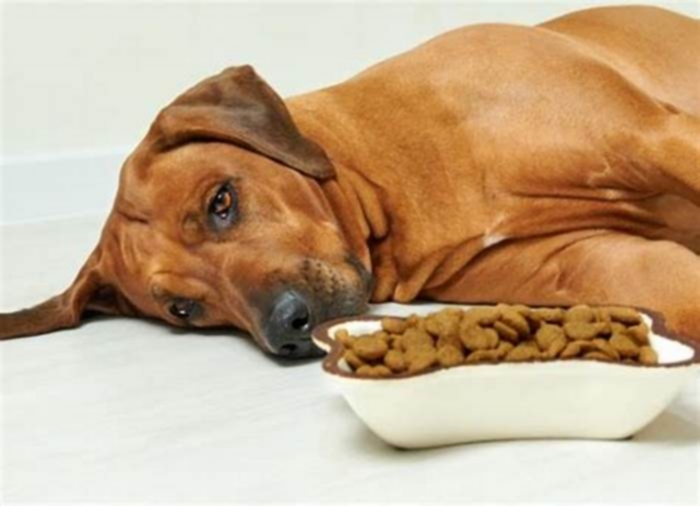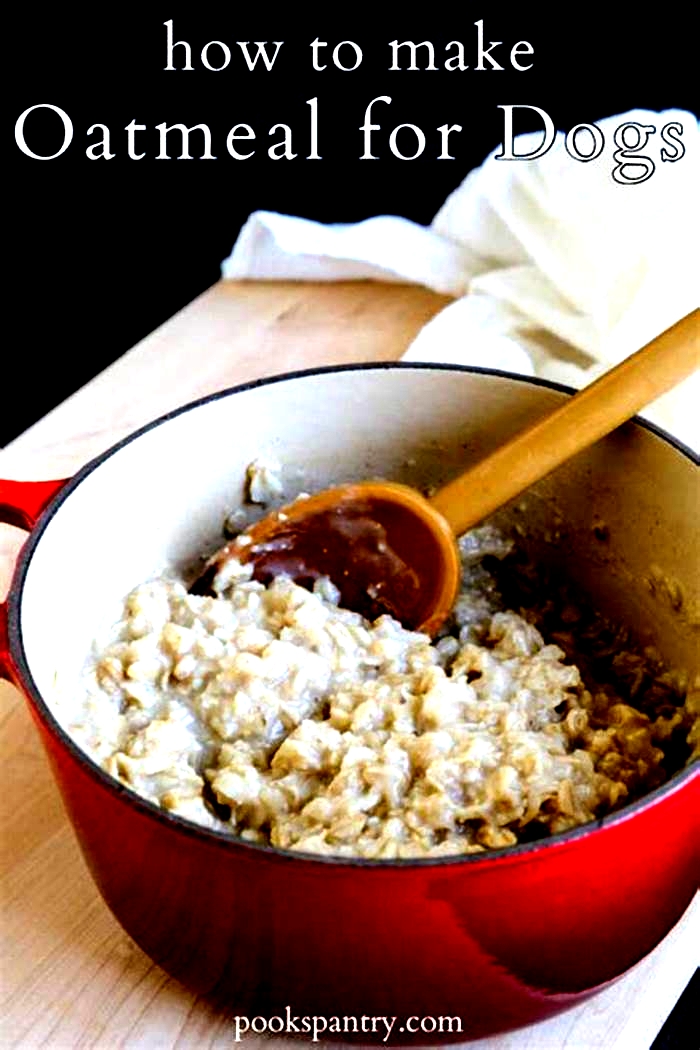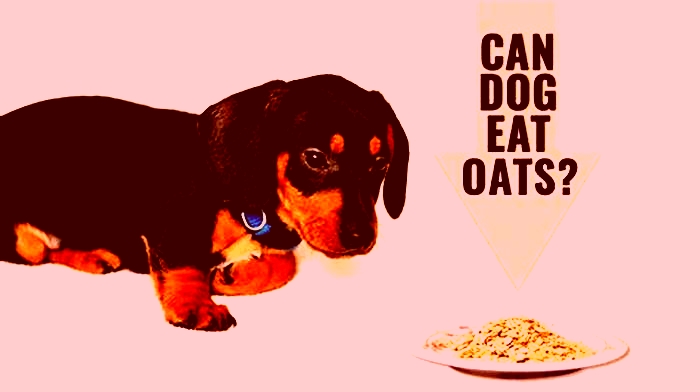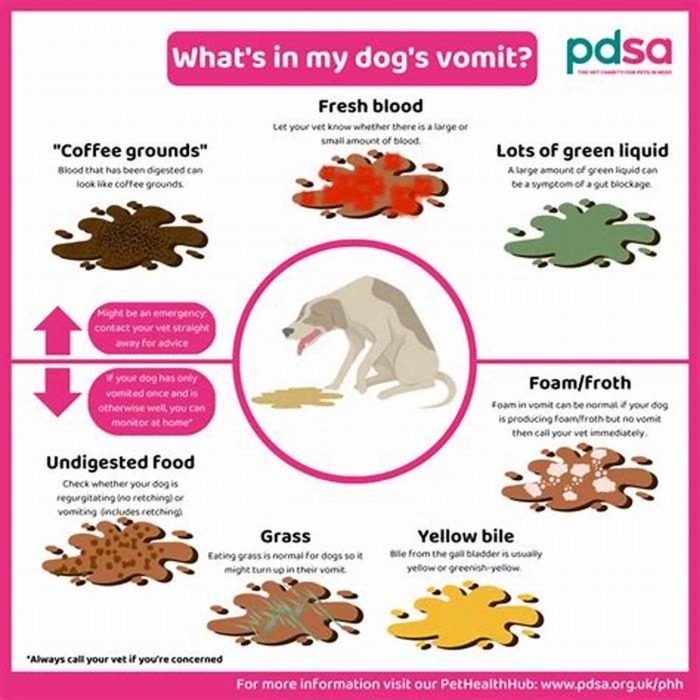how long after hydrogen peroxide can i feed my dog
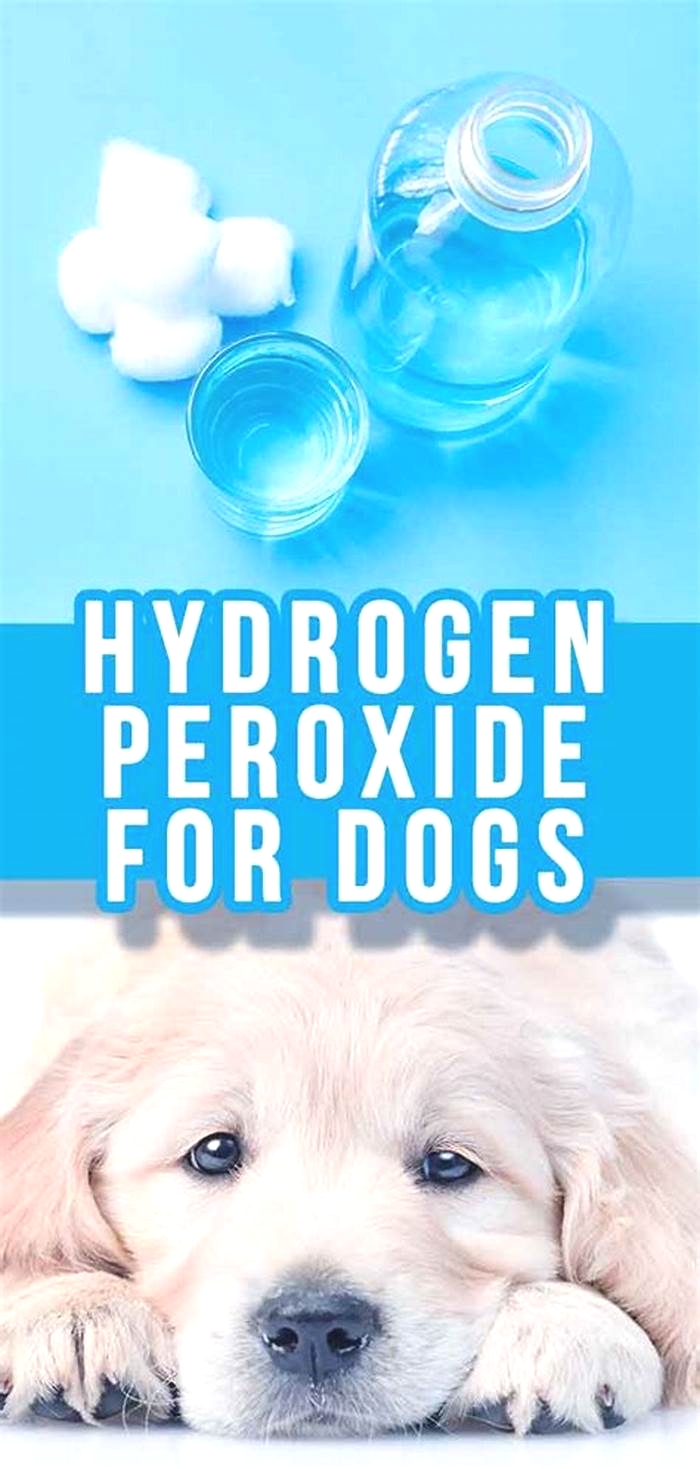
How Long After Hydrogen Peroxide Can I Feed My Dog
How Long After Hydrogen Peroxide Can I Feed My Dog
Hydrogen peroxide is commonly used as an emetic to induce vomiting in dogs. It can be used in cases of accidental ingestion of harmful substances or when a dog has consumed something toxic. However, its important to know that hydrogen peroxide should not be used as a regular solution for inducing vomiting in dogs.
Table Of Contents
After administering hydrogen peroxide to your dog, you may be wondering when it is safe to feed them. It is generally recommended to wait at least 1-2 hours after inducing vomiting with hydrogen peroxide before giving any food to your dog. This allows the dogs stomach to settle and helps prevent further vomiting. Feeding your dog too soon after administering hydrogen peroxide can potentially trigger more vomiting or make your dog feel uncomfortable.
Its important to note that while hydrogen peroxide can be effective in certain situations, it should only be used under the guidance of a veterinarian. Inducing vomiting in a dog should never be done without consulting a professional first. Additionally, it is crucial to use the correct dosage of hydrogen peroxide based on your dogs weight, as excessive use can have harmful effects on your dogs health.
If you are unsure about whether or not to use hydrogen peroxide to induce vomiting in your dog, it is recommended to contact your veterinarian for advice. They will be able to assess the situation and provide you with the best course of action for your pets specific needs. Remember, the safety and well-being of your dog should always be your top priority.
Safety Guidelines for Feeding Dogs After Hydrogen Peroxide
Feeding dogs after administering hydrogen peroxide is a delicate process that requires proper precautions to ensure the safety of your pet. Here are some important guidelines to follow:
- Wait for vomiting to subside: After giving your dog hydrogen peroxide, wait for them to vomit. It is essential to allow the peroxide to take effect and facilitate the removal of any harmful substances. Do not try to feed your dog immediately after administering hydrogen peroxide, as it may interfere with the vomiting process.
- Consult a veterinarian: If you are unsure about feeding your dog after hydrogen peroxide, it is highly recommended to consult a veterinarian for guidance. They can provide specific instructions tailored to your dogs needs, especially if they have ingested a toxic substance.
- Offer small, bland meals: Once your dog has finished vomiting and is stable, start by offering small, bland meals. This could include boiled chicken, rice, or a specially formulated dog food for sensitive stomachs. Avoid giving them large meals or their regular diet immediately after the hydrogen peroxide treatment.
- Monitor your dogs behavior: Keep a close eye on your dogs behavior and appetite after feeding them post-hydrogen peroxide. Look for any signs of discomfort, nausea, or unusual behavior. If your dog continues to exhibit symptoms or refuses to eat, contact your veterinarian for further guidance.
- Avoid giving treats or table scraps: To prevent any potential digestive irritations, it is crucial to avoid giving your dog treats or table scraps for at least a few hours after the hydrogen peroxide treatment. Stick to a bland diet until your dogs stomach has fully settled.
Remember, these guidelines are meant to serve as general advice. Every dog may have unique needs and conditions, so it is always best to consult a veterinarian for personalized recommendations.
Understanding the Effects of Hydrogen Peroxide on Dogs
Hydrogen peroxide is commonly used as a household remedy to induce vomiting in dogs. It is often recommended by veterinarians as a safe and effective way to remove potentially harmful substances from a dogs stomach. However, it is important to understand the effects and potential risks associated with hydrogen peroxide ingestion in dogs.
How hydrogen peroxide works:
- When hydrogen peroxide is ingested by a dog, it reacts with the stomach acid to produce oxygen gas.
- The release of oxygen gas creates pressure in the stomach, leading to the expulsion of the contents through vomiting.
Safety considerations:
Hydrogen peroxide should only be used under the guidance of a veterinarian, as improper use can lead to potential complications.
- It is essential to use the correct concentration of hydrogen peroxide, typically a 3% solution made for medical use. Higher concentrations can be toxic and cause harm to the dog.
- Administering hydrogen peroxide should be done cautiously, especially for small dogs, puppies, or brachycephalic breeds, as they may be more susceptible to the risks associated with induced vomiting.
- Repeated use of hydrogen peroxide can cause irritation and damage to the stomach lining, so it should only be used as a one-time emergency measure.
Potential side effects:
While hydrogen peroxide is generally safe when used correctly, there are potential side effects that dog owners should be aware of:
- Irritation to the gastrointestinal tract, leading to vomiting, diarrhea, or abdominal discomfort.
- Aspiration pneumonia if the dog inhales the vomited material into the lungs during the vomiting process.
- Damage to the esophagus if the dog resists or struggles when administering hydrogen peroxide.
Consulting a veterinarian:
It is crucial to consult a veterinarian before administering hydrogen peroxide to your dog. They can provide guidance on the appropriate dosage, ensure it is safe for your specific dog, and advise on any other necessary precautions. Dogs with certain medical conditions may be at higher risk for complications, so professional guidance is essential.
Conclusion:
Hydrogen peroxide can be a useful tool in certain situations to induce vomiting in dogs, but it must be used correctly and with caution. Understanding the effects and potential risks associated with hydrogen peroxide ingestion is crucial for ensuring your dogs safety and well-being.
Waiting Period After Administering Hydrogen Peroxide to Dogs
Hydrogen peroxide is commonly used as a safe and effective way to induce vomiting in dogs following the ingestion of certain toxic substances. However, it is important to follow the proper guidelines and recommendations for administering hydrogen peroxide to your dog and to allow an appropriate waiting period before feeding your dog.
After administering hydrogen peroxide to your dog, it is essential to wait for at least 10 to 15 minutes to allow the hydrogen peroxide to take effect and induce vomiting. During this waiting period, it is important to closely monitor your dog for any signs of vomiting. If your dog does not vomit within this timeframe, do not administer additional hydrogen peroxide without consulting a veterinarian.
Once your dog has successfully vomited, it is recommended to wait for another 2 to 4 hours before offering any food or water. This waiting period allows your dogs stomach to settle and ensures the complete removal of any potentially harmful substances that may have been ingested.
During this waiting period, it is important to provide your dog with a comfortable and quiet space to rest. Keep an eye on your dogs behavior and monitor for any signs of discomfort, such as sudden lethargy, excessive drooling, or difficulty breathing. If you notice any concerning symptoms, seek immediate veterinary attention.
When it is time to reintroduce food to your dog, start with a small amount of easily digestible and bland food, such as boiled chicken and rice. Gradually increase the amount and variety of food over the next few days to allow your dogs digestive system to adjust.
Read Also: Symptoms of a Cold in Dogs: Recognizing and Treating Canine Colds
Remember, hydrogen peroxide should only be used as directed by a veterinarian or under their guidance. Do not administer hydrogen peroxide to your dog without first consulting a professional, as certain substances and conditions may require alternative treatments or medical attention.
Key Points to Remember:
| 1. | Wait for at least 10 to 15 minutes after administering hydrogen peroxide before expecting vomiting. || 2. | If your dog does not vomit within the recommended timeframe, do not administer additional hydrogen peroxide without consulting a veterinarian. || 3. | Wait for 2 to 4 hours after successful vomiting before offering any food or water to your dog. || 4. | Monitor your dog for any signs of discomfort or unusual behavior during the waiting period. || 5. | Reintroduce food gradually with easily digestible and bland options, such as boiled chicken and rice. || 6. | Always consult a veterinarian before administering hydrogen peroxide to your dog. |
Feeding your dog immediately after administering hydrogen peroxide can pose potential risks and dangers to their health. It is important to understand these risks and take necessary precautions to ensure the well-being of your pet.
Read Also: When Do Puppies Start Eating Mush - A Complete Guide
- Gastrointestinal Upset: Hydrogen peroxide is commonly used to induce vomiting in dogs, and it can cause irritation and inflammation in their digestive system. Feeding your dog immediately after hydrogen peroxide may aggravate these symptoms and lead to further gastrointestinal upset.
- Vomiting: Dogs may still continue to vomit after ingesting hydrogen peroxide. If you feed your dog immediately after administering hydrogen peroxide, this may disrupt the vomiting process and make it difficult for their stomach to empty properly. This can lead to prolonged discomfort and potential complications.
- Aspiration: When dogs vomit, there is a risk of inhaling the vomit into their lungs, which can lead to aspiration pneumonia. Feeding your dog immediately after hydrogen peroxide may increase the likelihood of this happening, as their stomach may still contain residual peroxide or vomit.
- Delayed Effects: Hydrogen peroxide may take some time to fully take effect and induce vomiting in dogs. Feeding your dog immediately after administering peroxide may delay the onset of vomiting, causing a delay in the removal of the potential toxin or foreign object from their stomach.
It is always best to consult with a veterinarian before administering hydrogen peroxide or feeding your dog after its use. They can provide specific guidance based on your dogs individual health and the circumstances at hand. The veterinarian may advise waiting for a certain amount of time after giving hydrogen peroxide before offering food to your dog, to allow for complete vomiting and minimize potential risks.
Monitoring Your Dogs Health and Recovery Process
After your dog has ingested hydrogen peroxide to induce vomiting, it is important to closely monitor their health and recovery process. Keep an eye on the following signs and symptoms to ensure your dogs well-being:
- Vomiting: Observe if your dog successfully vomits after ingesting the hydrogen peroxide. This is the desired outcome and indicates that the substance has been expelled from their body.
- Color and consistency of vomit: Take note of the color and consistency of your dogs vomit. If you notice any abnormalities, such as blood or unusual colors, contact your veterinarian immediately.
- Behavior: Monitor your dogs behavior closely. If they appear lethargic, disoriented, or show signs of distress, consult a veterinarian.
- Appetite and water intake: Keep an eye on your dogs appetite and water intake. If they refuse to eat or drink for an extended period of time, it may be a cause for concern.
- Stool: Check your dogs stool for any changes in color, consistency, or the presence of blood. Any abnormality should be reported to your veterinarian.
It is important to understand that every dog may react differently to hydrogen peroxide ingestion, so closely monitoring your dogs health is crucial. If you notice any concerning symptoms or if your dogs condition does not improve, do not hesitate to seek professional veterinary assistance.
Additionally, it is worth mentioning that hydrogen peroxide should not be used as a substitute for professional veterinary care. Always consult with a veterinarian before attempting any home remedies or treatments for your dog.
| Signs to Look For | Actions to Take |
|---|---|
| Vomiting abnormal colors or blood | Contact veterinarian immediately |
| Lethargy, disorientation, distress | Consult a veterinarian |
| Loss of appetite, refusal to drink | Keep monitoring and consider professional assistance |
| Changes in stool color, consistency, or presence of blood | Inform your veterinarian |
Remember, your dogs health is of utmost importance, and proper monitoring and veterinary care are essential for their well-being and recovery.
Consultation with Veterinarians Regarding Feeding Dogs After Hydrogen Peroxide
Feeding your dog after giving them hydrogen peroxide to induce vomiting should always be done under the guidance of a veterinarian. It is important to consult with a professional to ensure the safety and well-being of your dog. Veterinarians have the necessary knowledge and expertise to guide you through the process and provide appropriate recommendations for feeding your dog after the use of hydrogen peroxide.
A veterinarian will consider several factors before advising you on when and what to feed your dog after administering hydrogen peroxide. These factors may include the dogs size, breed, overall health condition, and the reason for inducing vomiting.
After your dog has been given hydrogen peroxide to induce vomiting, it is typically recommended to wait for a certain period of time before feeding them. The veterinarian will advise you on the appropriate waiting time based on the specific situation.
During this waiting period, your dog should be monitored closely for any signs of distress or complications. If you notice any unusual behavior or if your dogs condition seems to worsen, it is important to contact your veterinarian immediately for further guidance.
Once the waiting period is over, the veterinarian will provide you with specific instructions on what type and amount of food to offer your dog. These instructions may vary depending on the individual situation and the dogs health needs.
In some cases, the veterinarian may recommend feeding your dog a bland diet consisting of easily digestible foods, such as boiled chicken and rice, to help soothe their stomach after vomiting. It is important to follow these recommendations carefully to ensure your dogs recovery and prevent any further complications.
Remember, it is always better to seek professional advice from a veterinarian rather than attempting to make decisions regarding your dogs diet on your own after using hydrogen peroxide. Consulting with a veterinarian will help ensure the safety and well-being of your beloved pet.
FAQ:
No, it is not safe to feed your dog immediately after using hydrogen peroxide. It is important to wait at least 30 minutes before feeding your dog to allow the hydrogen peroxide to work.
How long should I wait before feeding my dog after using hydrogen peroxide?
You should wait at least 30 minutes before feeding your dog after using hydrogen peroxide. This will allow the hydrogen peroxide to work effectively and reduce the risk of complications.
Why do I need to wait after using hydrogen peroxide before feeding my dog?
You need to wait after using hydrogen peroxide before feeding your dog because hydrogen peroxide can cause vomiting. Waiting at least 30 minutes allows the hydrogen peroxide to induce vomiting and clear any harmful substances from your dogs stomach.
What happens if I feed my dog too soon after using hydrogen peroxide?
If you feed your dog too soon after using hydrogen peroxide, it can interfere with the effectiveness of the hydrogen peroxide to induce vomiting. This may prevent your dog from adequately removing any harmful substances from its stomach, increasing the risk of complications.
Can I give my dog water after using hydrogen peroxide?
It is generally safe to give your dog small amounts of water after using hydrogen peroxide. However, it is important to wait at least 30 minutes before allowing your dog to have a full meal or large amounts of water to prevent interference with the hydrogen peroxides vomiting action.
What if my dog is refusing to eat even after waiting for 30 minutes?
If your dog is refusing to eat even after waiting for 30 minutes, it is best to consult your veterinarian. There may be underlying issues causing the reluctance to eat, and a professional can provide appropriate guidance and medical advice.

